 Here Are The Best Robot Vacuum Cleaners: 2023 Reviews and Ratings
Here Are The Best Robot Vacuum Cleaners: 2023 Reviews and Ratings
Are you looking for the best robot vacuum cleaner in 2023 along with reviews? If so, you’ve come to the right place!
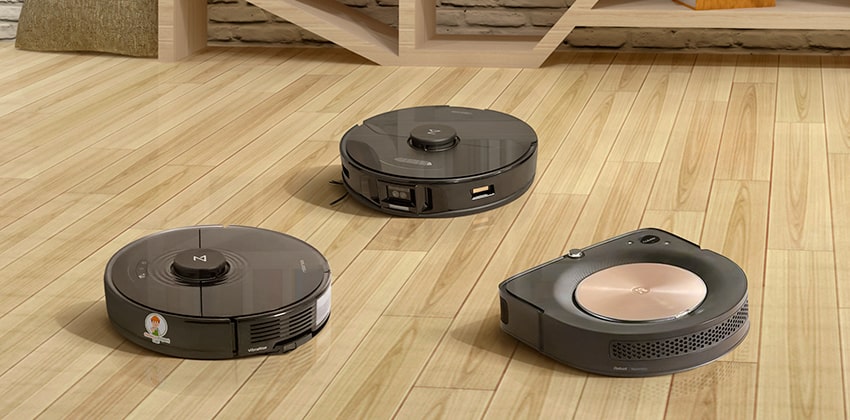
Imagine this: it’s Friday, and you’re dead tired and mentally drained because of a long and grueling day at the office. You’re thinking of all the things you need to do once you finally walk through the door of your home.
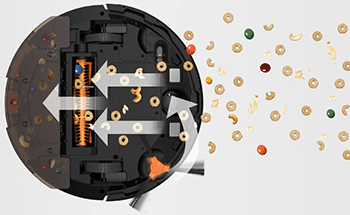
These things include making a grocery list for tomorrow’s shopping, sending out invitations for your son’s birthday party, and cleaning all the dirt, dog fur, crumbs, and other debris that seem to accumulate on your carpets and hard floors magically. However, because you suddenly remember you bought a vacuum robot, you realize you won’t need to do the last one.
Your chore list just got slashed by one-third!
Our Top Picks for the Best Robotic Vacuums in 2023
We select, test, review and suggest the best products. We may earn a commission, if you buy something through our links.
If you want to spend your precious weekends doing more enjoyable things than cleaning every square inch of your home, consider investing in a robotic vacuum cleaner. Buying a robot sweeper means that you can semi-retire your old-fashioned upright or canister model. That’s because with an automatic vacuum hungrily sucking up all the filth on your hard floors and carpeting, manual vacuuming will be something you only do occasionally (if at all).
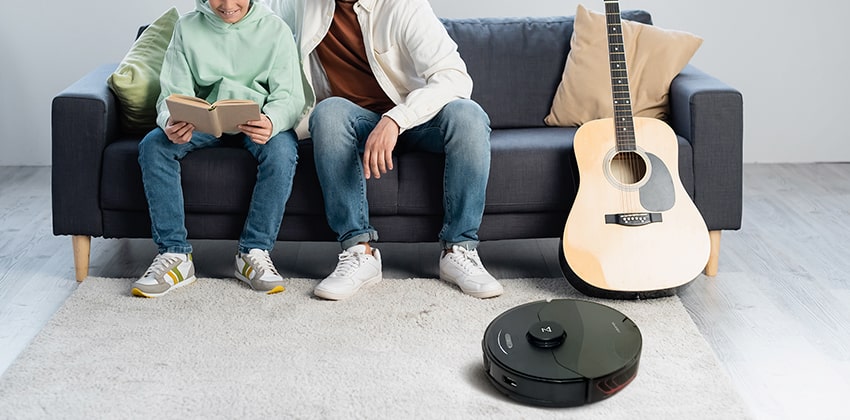
Once upon a time, cleaning robots were primitive things, doing little more than randomly moving around your house and clumsily banging into furniture. Nowadays, auto vacuums boast a dizzying array of features. These include sophisticated navigation systems to create detailed maps of your home, self-emptying bins that ensure that allergy sufferers aren’t exposed to dust, and even onboard cameras so you can use your device as a security system.
In an era where everyone is stressed out and overwhelmed to the nth degree, anything you can do to take back even a smidgeon of your time is to be cherished. That’s why sweeper vacuums have become an indispensable part of so many people’s cleaning arsenal these days.
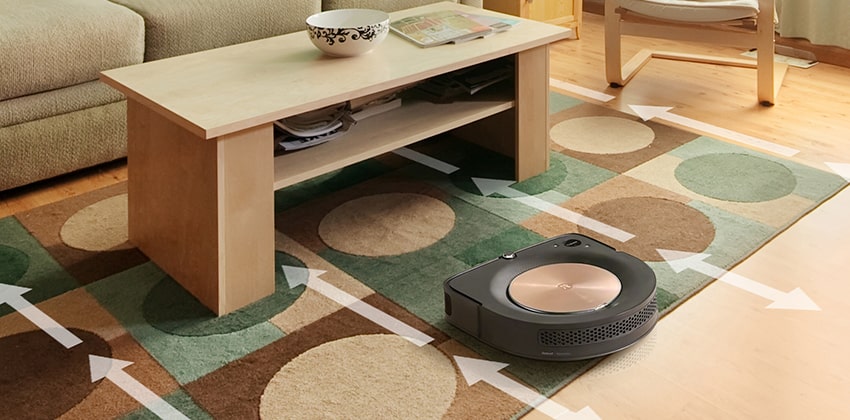 <
<Robotic vacuum cleaners can reach deeply into areas where more conventional vacuum cleaners can’t, such as underneath low-hanging furniture. That way, you won’t need to move your couch or dining room table if you want to clean under them. Robotic vacuum cleaners mean individuals who haven’t cleaned certain places in years because they’re so challenging to get to now have a dependable cleaning buddy to do this unpleasant chore.
Best Robot Vacuums 2023: Review and Ratings
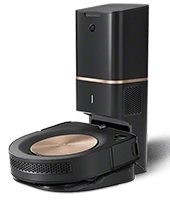
The Best Robot Vacuum for Pet Hair: The iRobot Roomba s9+
If you have feline or canine friends living with you, you’ll want a robotic vacuum for pet hair that’s superb at sucking up canine and feline fuzz and dander. That would be the iRobot Roomba s9+, the best robot vacuum for pet hair. That’s because it not only eradicates pet fuzz like few other robotic vacuums on the market but has other features that ensure your floors remain clean as a whistle without you needing to lift a finger.
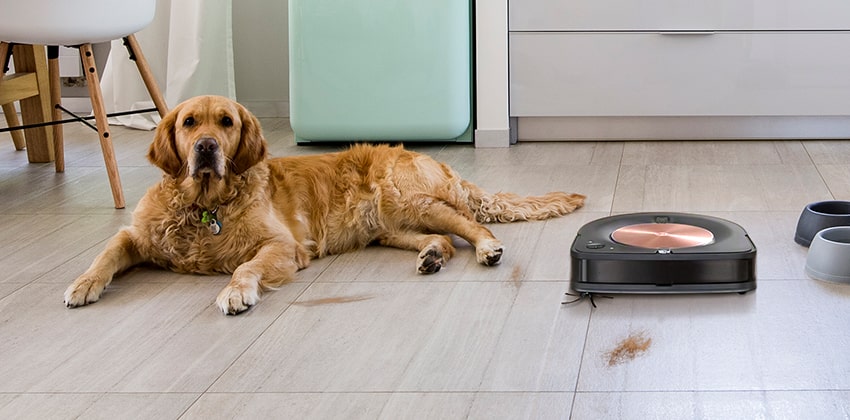
Features to Look for in Robotic Vacuums for Pet Hair
If you’re looking for the best dog hair robot vacuum, there are certain features it needs to have. All the following come standard with the Robot Roomba s9+:
Automatic Carpet Detection
If you’re searching for an automatic floor cleaner that’s fantastic at getting rid of pet hair, you’ll want one able to boost its power whenever it detects carpet. That’s because pet hair can get deeply embedded in rugs, and unless a robovac has this ability, it’ll struggle to get rid of cat and dog fuzz.
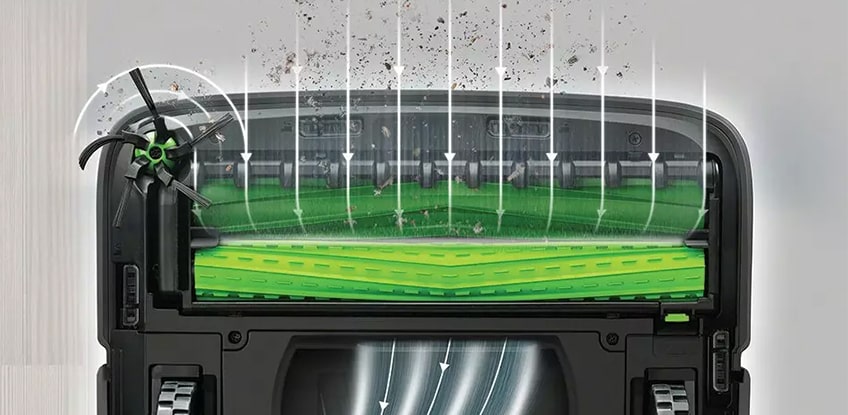
It’s best to get a model with all-rubber brushes if you have pets living with you. These kinds of brushes don’t have bristles or nylon fibers which can cause pet fur to get tangled.
Exceptional Filtration
If you’re allergic to animals, a robotic vacuum cleaner can minimize the amount of pet hair in your home, which goes a long way toward reducing symptoms. If you want the best filtration capability, look for a model with a HEPA filter.
Self-Emptying Dock
Consider getting a robotic vacuum with self-emptying abilities. With this feature, your bot removes the contents of its onboard dustbin into a larger one in the dock all by itself, requiring no assistance from you.
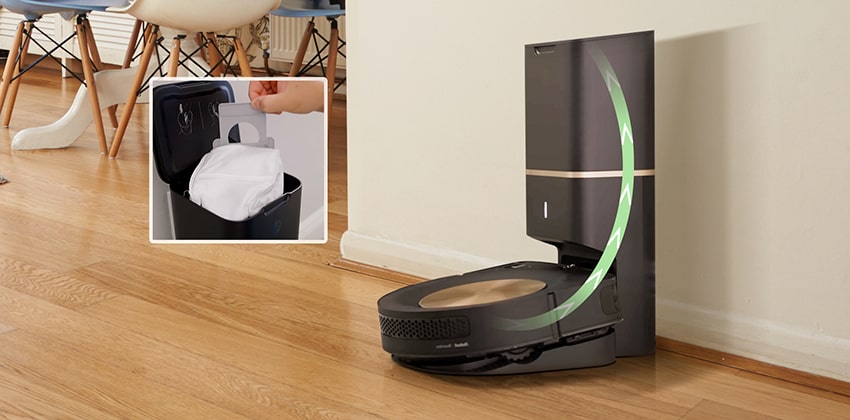
While you’ll need to empty the larger collection canister eventually, you’ll only have to do it once every 30 to 60 days. And when you do, the dirt and debris will be in a sealed bag, ensuring you never get your hands dirty and don’t accidentally dust back into the air.
This helps keep allergy symptoms at bay. If you’re ready to invest in a robot vacuum for pet hair, read more about robot vacuums for pet hair.
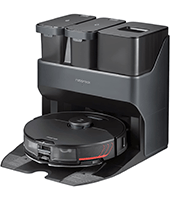
The Roborock S7 MaxV Ultra: The Best Self-Emptying Robot Vacuum
If you want the best self-emptying robot vacuum, look no further than the Roborock S7 MaxV Ultra. This exceptional bot is the ultimate in robotic autonomy, able to empty its own dustbin, wash its own mop, and refill its own water tank. 5,100 Pa of robust suction power, cutting-edge LiDAR, and superb mopping abilities round out the list of top features.
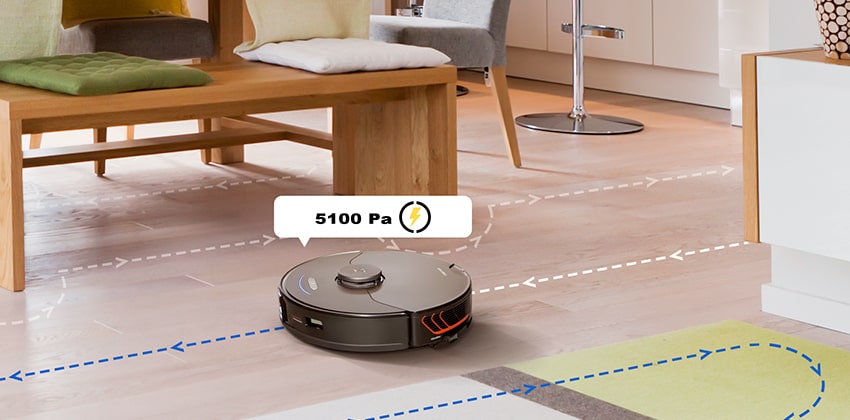
Because an AI-enabled camera helps the MaxV Ultra steer clear of obstacles, you don’t have to pick up before unleashing this bot on your dirty floors. You can even use the bot as a moving security camera, which helps ensure nobody tries to break into your home. It can lift its mopping pads when it detects carpet, so your rugs won’t get drenched.
The Beauty of Self-Emptying Robotic Vacuum Cleaners
Robot vacuums with self-emptying capabilities drastically cut down on the amount of manual housework you need to do, making them indispensable labor-saving devices. If you want to reduce your housekeeping duties even further, consider getting a model with automatic bin-emptying abilities.
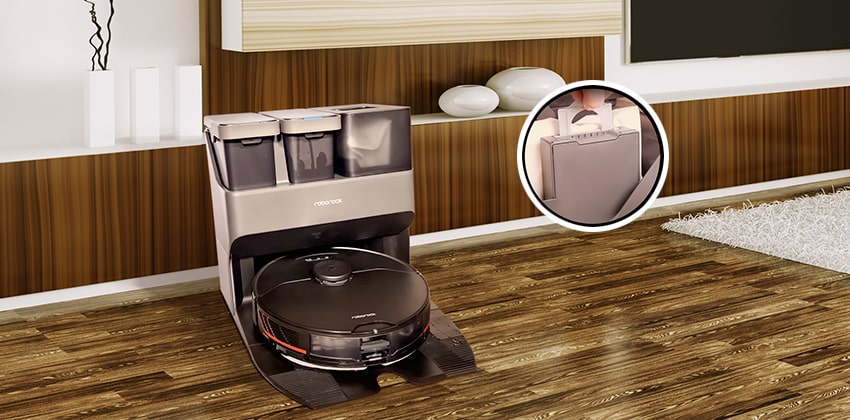
When a self-emptying robovac returns to home base after a cleaning session, it empties its onboard dustbin into the bigger canister. When the disposal bag inside it gets full, the bot will let you know via the app.
When this happens, you’ll need to swap it out for an empty one. How often you’ll need to do this depends on how frequently you clean and how dirty your floors get. Typically, you’ll need to do this task once every month or two.
Features That Make Self-Emptying Robotic Vacuums a Good Buy
- Makes Robotic Vacuum Cleaners More Self-Sufficient – Self-emptying robovacs dramatically cut down on how often you need to manually empty dirt and debris. This makes a device that was already pretty self-sufficient even more so.
- Limits Dust Exposure – When you empty a robot’s vacuum dustbin, some of the collected dust escapes into your household air. This can aggravate allergy symptoms, necessitating wearing a mask. With a self-emptying robovac, you won’t have to wear one. That’s because they have collection canisters with bags that automatically seal after they get full. Because they can hold up to sixty days’ worth of debris, you hardly ever need to empty them.
- Consummate Multitaskers – Many self-emptying robotic vacuums not only suck up dirt but can also mop your floors, which makes them consummate multitaskers. If you want to compare self-emptying robotic vacuum cleaners, read more about self emptying robot vacuums.
The yeedi Vac X: The Best Budget Robot Vacuum
The yeedi Vac X is the best cheap robot vacuum. It comes with features you wouldn’t expect to find in such an affordable vacuum cleaner robot. For starters, there’s visual mapping technology and a floor tracking sensor that expertly guides the bot through your home, helping to ensure that cleaning is efficient as possible.
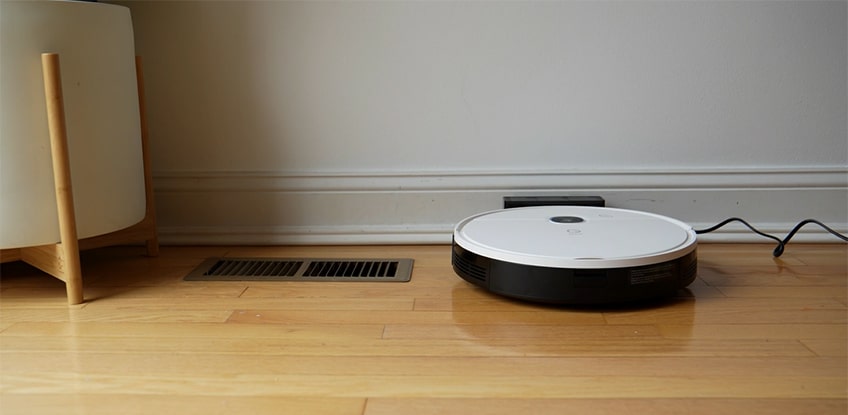
3000 Pa of strong suction team up with high-quality brushes to capture pet hair and other debris embedded in rugs. Because it can detect carpeting when traveling from one flooring type to another, it can automatically boost suction to better suck up filth. All this means that when you invest in the yeedi Vac X, you’ll get the best value for your money.
Why Buy a Cheap Robotic Vacuum Cleaner
Won’t Break the Bank
A good robot vacuum cleaner needs to be able to get rid of floor crud such as pet hair, snack crumbs, and itty-bitty pieces of paper. It should also have excellent navigational abilities, expertly maneuvering around obstacles as it sucks up gunk. While finding all these features in an affordable model can be challenging, it’s not impossible.
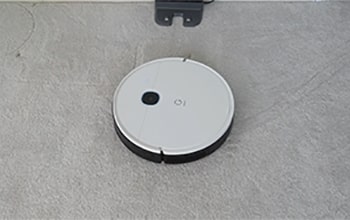
It used to be that you had to shell out $1,000 or more to get a decent robotic vacuum cleaner. These days, plenty of affordable options won’t bust your budget, costing $300 or less on average.
In this price range, you’re not going to get a robotic vacuum cleaner with all the bells and whistles, and that might mean you’ll need to decide which features are most important to you. For example, you might want a model with the most suction power over one you can remotely control with your phone.
However, plunking down four figures for a robotic vacuum cleaner doesn’t always guarantee that it’ll meet your needs better than a cheaper model. That’s because if you’re living in a small apartment, you might only need a basic robovac that can adequately clean the floors in your tiny space and not much else.
More Compact
Many inexpensive robovacs are more compact than their more expensive counterparts, which is terrific if you have low-to-the-ground furniture. This means your bot might be able to get into places that you can’t with a conventional vacuum cleaner.
Because smaller robot vacuums are more agile, they’re less likely to get stuck between two pieces of furniture. If you’re in the market for an affordable robotic vacuum cleaner, read our article before making a purchasing decision.
Best Robot Vacuum for Hardwood Floors: The Roborock S7 MaxV Ultra
The Roborock S7 MaxV Ultra is hands down the best robotic vacuum for hardwood floors. This highly autonomous hybrid machine empties its own dustbin, refills its own water tank, and washes its own mop pads. It features revolutionary sonic mopping that uses patented vibrating pads to scrub away dried-on dirt and debris, resulting in unrivaled cleaning performance.
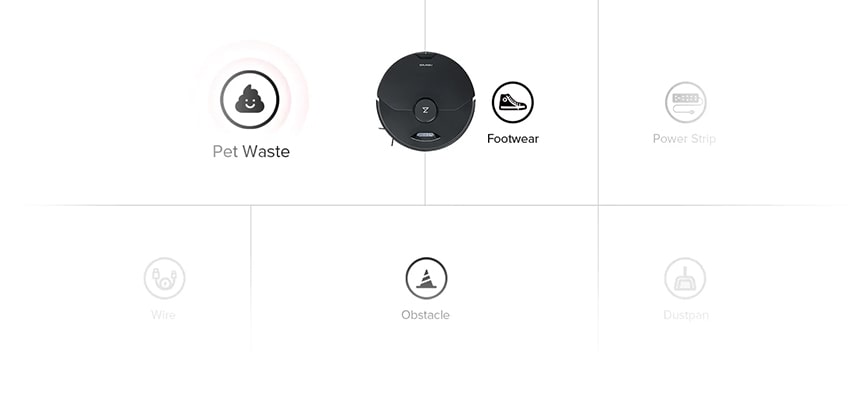
The S7 MaxV Ultra has a leading-edge navigation system that uses advanced LiDAR sensors to plot the most efficient route through your home. Onboard cameras identify common household hazards such as power cords, slippers, and pet waste so your bot can deftly avoid them.
Because it generates detailed maps of your entire space, it can target ultra-specific areas for cleaning, such as the perimeter of your dining room table. Pinpoint mapping also lets you set up no-go zones if you don’t want your bot vacuum to clean in certain areas, such as the room where your child is celebrating her tenth birthday.
Can Robotic Vacuums Clean Hardwood Floors
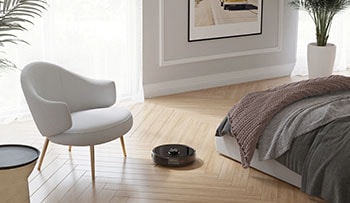
Hardwood floors are gorgeous, with an old-fashioned aesthetic appeal that’s irresistible. However, the upkeep required to keep them looking nice can be a little disheartening. If you don’t have time to do this yourself, consider outsourcing part of the job to an automatic floor cleaner. They can sweep your hardwood floors for you, and some of them can even mop.
If you only need a robotic vacuum to clean your hardwood floors, you’re in luck. That’s because this is an area where vacuum robots have always excelled. Sucking up debris from hardwood floors is much easier for a robotic vacuum cleaner than it is on carpeting. That’s because hardwood floors have no fibers for dirt and debris to get embedded in, and bare, even surfaces are easier to maneuver on.
Scratch-Free Clean
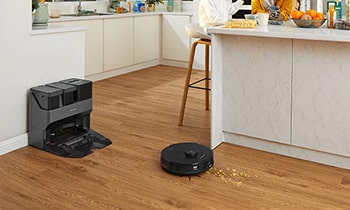
If you have hardwood floors in your home, you need to ensure that whichever method you use to clean them doesn’t end up scratching them. That’s why you’ll be happy to know that robot vacuums have soft rubber wheels and brushes that pull in dirt without scuffing up your floors.
Hybrid Machines
Some cleaning robots are supreme multitaskers, with sweeping and mopping functionality all in one incredible machine. These devices first suck up all the dirt and debris from your hardwood floors.
Then, they mop, giving your floors a radiant shine. If you’re worried that your beautiful hardwood floors will get damaged from topcoat-damaging commercial cleaners, you’ll be happy to know they only need water to do their job. Find out which robot vacuums for hardwood floors we recommend in our guide.
iRobot Roomba s9+: Best Robot Vacuum for Carpet and Rugs
With 2500 Pa of dust-busting suction, the s9+ is the best carpet robotic vacuum cleaner. It boasts intelligent dirt detection technology that boosts cleaning power when encountering a particularly filthy region of your home.
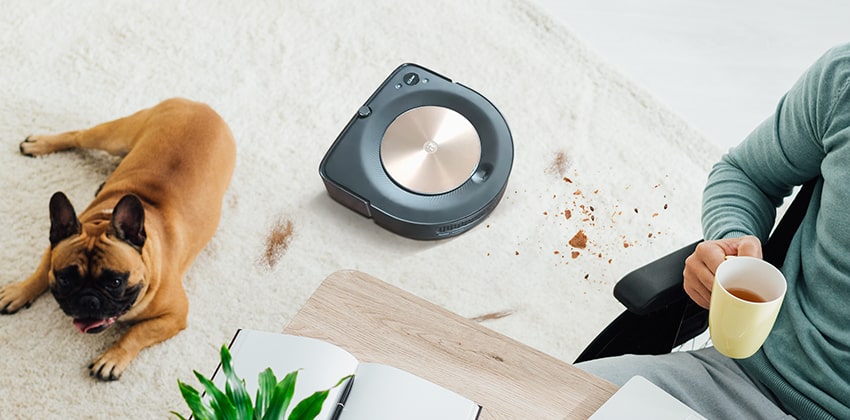
Larger-than-normal multi-surface brushes increase the unit’s ability to capture dirt, and automatic dustbin disposal means you’ll never need to get your fingers dirty. The onboard high-efficiency filter and fully sealed dustbin keep allergens safely contained. If you’re looking for a full-service floor cleaner, you’ll be happy to know that the s9+ is compatible with iRobot’s Braava Jet m6 robotic mop.
Are Robot Vacuums Good on Carpets
If you’ve got carpets you need to keep clean, consider investing in a robotic vacuum cleaner. While a conventional canister or upright machine requires you to lug it around, a robot sweeper can do the job without you needing to lift a finger.
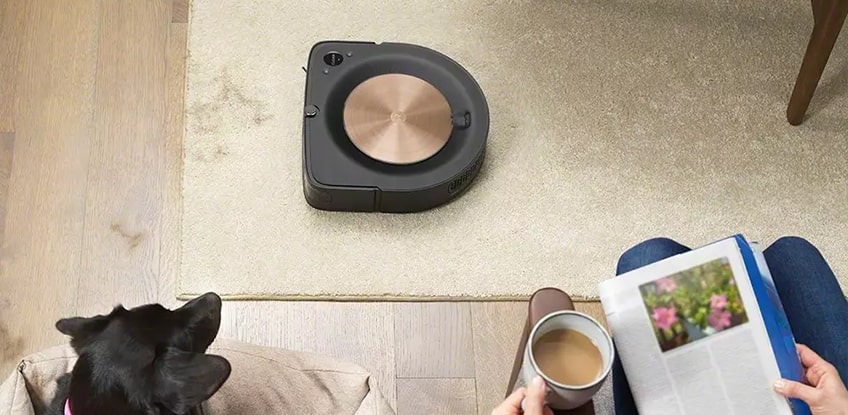
However, the thicker your carpet, the harder it is for a robovac to clean. That’s why it’s crucial you find the one best suited for this type of job.
That way, you can be sure that your cleaning bot is always using the right amount of power for the job. Other features—such as self-emptying functionality, voice controls, and the ability to map multiple house floors- are nice to have but not essential.
Can a Robotic Vacuum Ruin Your Carpet?
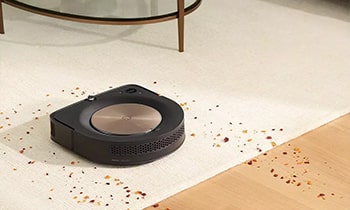
While there’s only a slim chance that a robovac will ruin your rugs, you must be careful of loose carpet strings and rugs with fringed ends. Some units will get stuck in them, which could damage your soft floor coverings.
If you want to keep your frilly rug, consider investing in a robotic dust buster that allows you to set no-go zones. That way, you can declare your fancy carpet off-limits using virtual technology. If you want to learn more about robot vacuums for carpets and rugs, check out our article.
The Disadvantages of Robot Vacuums Compared to Conventional Ones

While robotic vacuums are more technologically sophisticated than when they first came out, they still aren’t able to replace conventional cleaners. For starters, robotic vacuum cleaners aren’t as thorough and as powerful as their more traditional counterparts. Another area where automatic vacuums fall short is sucking up pet hair deeply embedded in thick, plush carpet. For this task, you might need an old-fashioned upright.
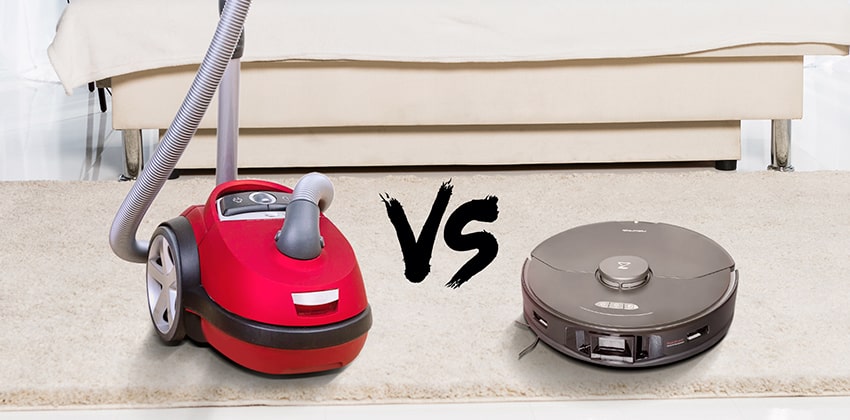
There’s also something to be said for the ability to check for missed spots—which only a human wielding a conventional vacuum can do. However, the beauty of a cleaning robot is that if it misses a spot one day, it’ll typically catch it the next if you’re running it every day.
Ways in Which Robotic Vacuum Cleaners Are Better Than Old-Fashioned Ones

In many ways, sweeper vacuums are superior to manual machines. For example, a dust-sucking bot is relatively autonomous and can work independently with minimal human intervention.
Program your auto vacuum ahead of time, and it’ll toil tirelessly to clean your floors while you’re away at work or running errands. On the other hand, with an old-fashioned vacuum cleaner, you need to laboriously lug it around, getting all sweaty and tired in the process.
Features to Consider When Buying a Robot Sweeper
Plenty of Power
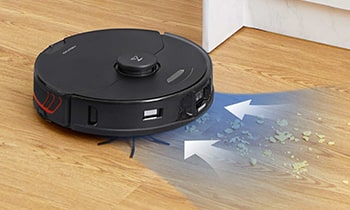
If you want your robotic vacuum cleaner to have superior cleaning ability, you need to ensure that it produces enough power, which is measured in Pascals, or Pa. A Pascal measures the difference between normal atmospheric pressure and the internal pressure of a vacuum cleaner. The more significant the difference, the stronger the suction.
For most cleaning needs, you’ll want a robotic vacuum with at least 2,000 Pa of suction. However, if you’re only using your dust-busting droid to clean hard floors and not carpet, you can probably get away with using a model with less power. That’s because units with low suction can usually pick up dust and debris from hard surfaces but lack the power to suck out dirt from carpets.
Self-Emptying Capability
One great thing about self-emptying robotic vacuum cleaners is that when their onboard dirt collectors are full, they return to home base to empty all the gunk they picked up into a larger canister. This container is typically so big you only need to do this every 30 to 60 days. Usually, the vac’s smartphone app will alert you when it’s time to do this. And when you do, all the dirt and debris will be in a sealed disposable paper bag, so you won’t get all that disgusting stuff all over your hands.
Wi-Fi Connectivity
An automatic floor cleaner with Wi-Fi connectivity is something you probably should get if you want the operation of your unit to be as hands-free as possible. This feature allows you to remotely control your bot without touching the buttons on the unit itself.
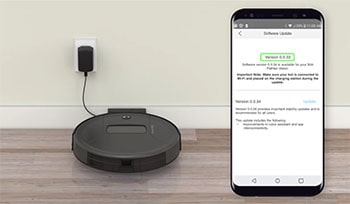
Cheaper models typically aren’t able to connect to a home Wi-Fi network. While you won’t be able to control a cleaning droid that can’t connect to Wi-Fi with an app or voice commands, you usually get a remote control that lets you operate your unit without needing to fiddle with the onboard controls.
What’s fantastic about robovacs that connect to Wi-Fi is you’re able to schedule your cleaning sessions, whether that’s once a day, twice a day, once a week, or any other interval. This feature makes robotic vacuums even more autonomous. Many Wi-Fi-enabled models are compatible with Amazon Alexa or Google Assistant, so you can command your electronic servant to do your bidding using voice alone.
Exceptional Filtration Capabilities
If you’re an allergy sufferer, look for a robotic vacuum cleaner with exceptional filtration capabilities, including the ability to capture dog and cat dander. Also, ensure that whichever model you buy has brushes and rollers that are effective in picking up both short and long pet hair.
The Ability to Choose No-Go Zones
The ability to create “no-go” zones is something you’ll want in a bot vacuum if you have areas in your home where you don’t want it to go. For example, the back of an entertainment center where there are a lot of loose, dangling wires or your child’s playroom. That way, your cleaning droid won’t accidentally eat cords or scare your kid.
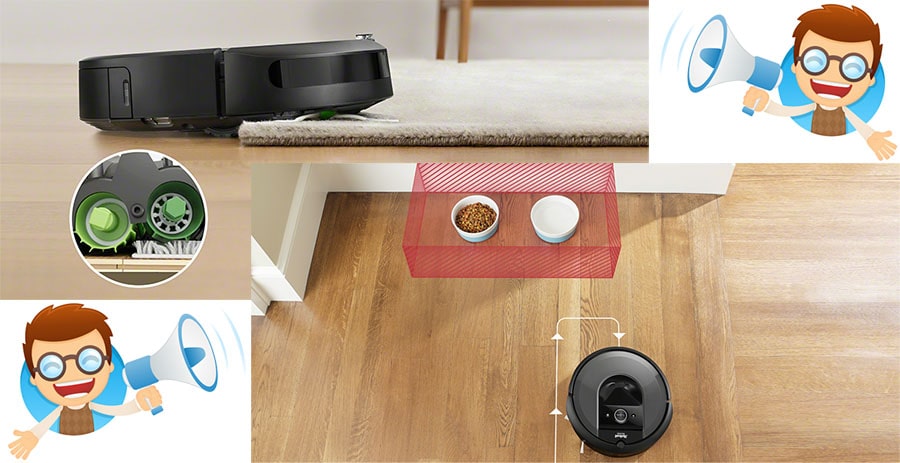
Hybrid Models That Do the Work of Two Machines in One
Buying a hybrid vacuum cleaner takes two of the most dreaded housekeeping chores and eliminates them with one incredible machine. Features such as sonic mopping, the mop head lifting when detecting carpet, so your rugs don’t get drenched, and exceptional air filtration makes these multitasking bots vastly superior to earlier models.
Robot Vacuums with Smart Mapping
These days, most automatic floor cleaners are able to generate detailed virtual maps of your home, which is called “smart mapping”. This means that instead of randomly ping-ponging from one end of your house to the other, your bot internalizes the layout. They use the maps they create to plot the most efficient cleaning path, thereby doing more cleaning in less time.
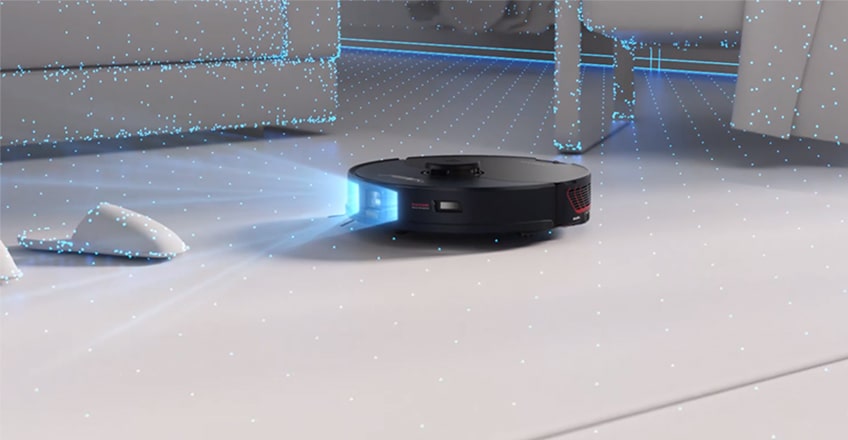
This also allows you to direct your bot to clean only the rooms you want it to without blocking sections of your residence off with unsightly pieces of cardboard or magnetic tape (like you had to do years ago). If you’re in your study working feverishly to finish that novel you’ve been writing, you can set up a virtual wall via an app, so your trusty little bot won’t disturb you.
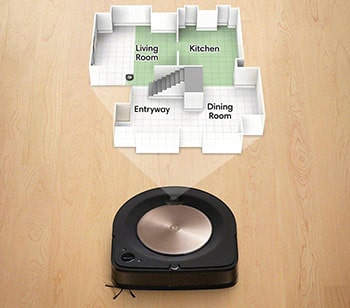
Units that generate maps of your home are able to remember where the places dangerous to robots or obstacles are, such as stairs, a heating grate in the floor, or a potted plant. This helps prevent your bot from getting stuck or taking a nasty tumble down the stairs.
With targeted cleaning made possible by smart mapping, you can program your bot to clean under the dining room table immediately after your kids devour their dinner. That way, you don’t have to watch your trusty little droid travel from one end of your house to the other before finally getting to all the food crumbs on the dining room floor.
Home Security
There’s another way floor sweeper robots can multitask besides mopping: as a roving home security system. Models with this surprising ability allow you to view a live feed of your home and all its contents—even if you’re on the other side of the planet. While the primary reason for this is to monitor the progress your robovac is making cleaning your residence, you can also use it to ensure that no intruders enter the sanctity of your domestic sanctuary.
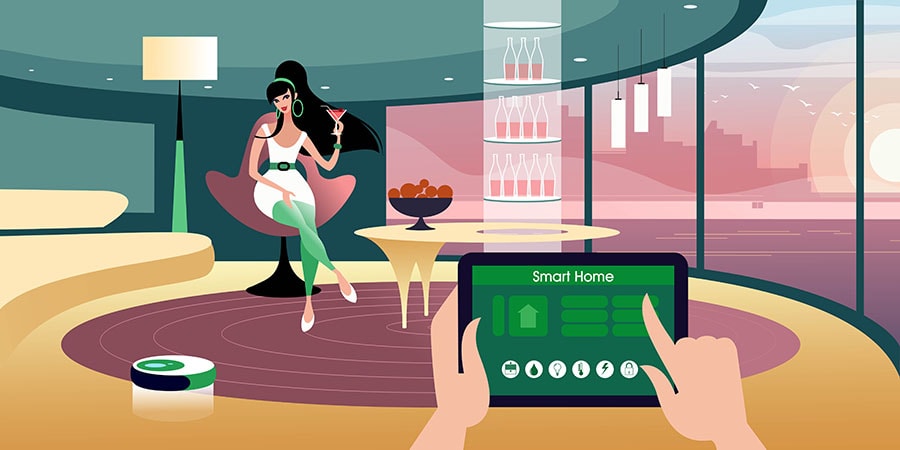
Your faithful bot protects your premises by sensing movement while you’re away. If it does, it’ll send you photos of what’s going on. That way, you’ll know instantly if a would-be thief is trying to rob you blind, and you can call the police.
Obstacle Avoidance
One of the best things about robotic vacuum cleaners is the ability to clean while you’re away from your residence. However, you’ll need to either clear your floors of potential booby traps such as dog toys, socks, and shoes before leaving your house or plunk down your hard-earned money for a dust-busting bot with exceptional obstacle avoidance abilities.
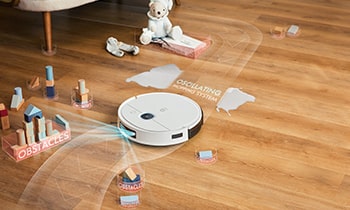
The more advanced robotic vacuum cleaners use machine learning technology to recognize obstacles in their path in real-time and automatically reroute around them. That way, a dirt-devouring droid won’t constantly get stuck on objects lying on the floor. Because these kinds of robovacs can proactively maneuver around obstructions instead of bumping into them, you won’t even need to clear your carpets and hard flooring before sending your bot out on a cleaning mission.
A robotic vacuum cleaner should have cliff detection sensors to avoid the expensive and headache-inducing scenario of it ending up at the bottom of the stairs in a crumpled heap and damaged beyond repair because it got too close to the edge and took a tumble. For multi-level homes, a model that incorporates this technology is a must.
Run Time
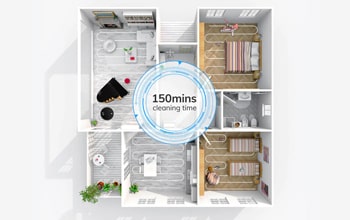
These days, robotic vacuum cleaners are powered by long-lasting lithium-ion (Li-ion), lead acid, nickel-cadmium (NiCd), or nickel metal hydride (NiMH) batteries. Moreover, because they automatically return to their charging docks when their batteries run out, you won’t ever need to hunt them down to bring them back to home base yourself. Entry-level bots typically have batteries with enough charge to run for up to 90 minutes, while more technologically advanced models can last up to 180 minutes.
If you live in a tiny apartment, a unit with 90 minutes of charge time might be sufficient. However, if you have a big home or pets that shed an astronomical amount of pet hair, you might need a model with two hours or more of battery life capable of covering 2,000 or more feet on a single charge.
Quiet Operation
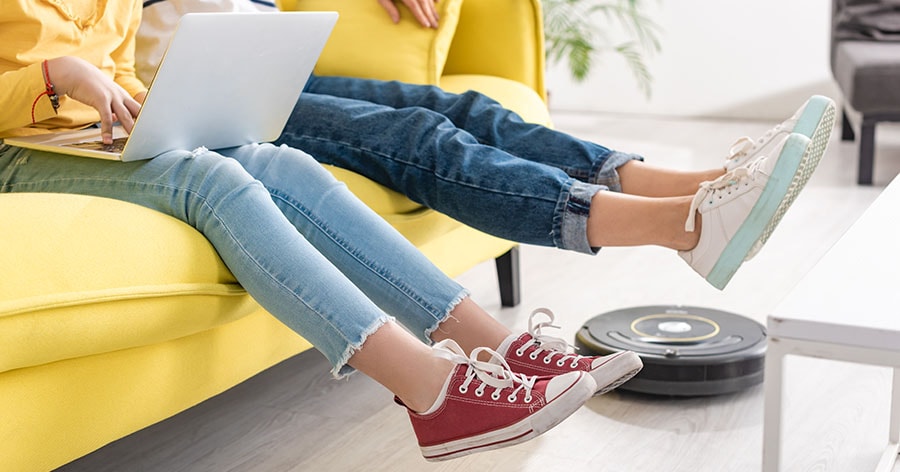
Some robotic vacuum cleaners are loud, with decibel levels that could disturb neighbors if you live in an apartment complex, upset your pets if they detest loud sounds, or rouse your sleeping baby. However, robovacs that operate at lower decibel levels might not be as powerful as their noisier counterparts. This means you’ll need to balance quietness of operation with ensuring that your cleaning bot has enough power to suck up all the dirt and debris in your home.
Flooring Type
Try to factor in the kinds of floors your home has before deciding which robotic vacuum cleaner to buy. If you don’t have carpeting in your home, a model that doesn’t clean rugs all that well but is fantastic on hard floors might be good enough. However, if you have carpets where you live, you’ll need a model that is not only exceptional at getting dirt and debris out of rugs but also able to boost suction when transitioning from one floor type to another.
How to Clean a Floor Sweeper Robot
If you own a smart vacuum robot, here’s what you should do to keep it maintained:
- Shake out the dust and debris in the filter every couple of cleaning sessions
- Regularly cut away hair trapped in the brush roll (most units come with a tool that helps you do this)
- Replace the filter and side brushes twice yearly, the brush roll once annually, and the battery every two years or so
- Use a can of compressed air to blow dust out of the gears
- Clean the bearings on the side brushes, brush roll, and caster every two weeks (you might need a screwdriver to do this)
- Regularly clean the sensors with a microfiber cloth or cotton swab with a bit of water or rubbing alcohol (this is to ensure that your bot can “see” your home)
Frequently Asked Questions
If you’re like most people, you’re deluged with a tidal wave of responsibilities. You’ve got to take your little ones to afternoon soccer practice, cook dinner for your family, take your car in for an oil change, and a zillion other things. That’s why for most people, plunking down your hard-earned money for a labor- and a time-saving robotic vacuum cleaner is a no-brainer.
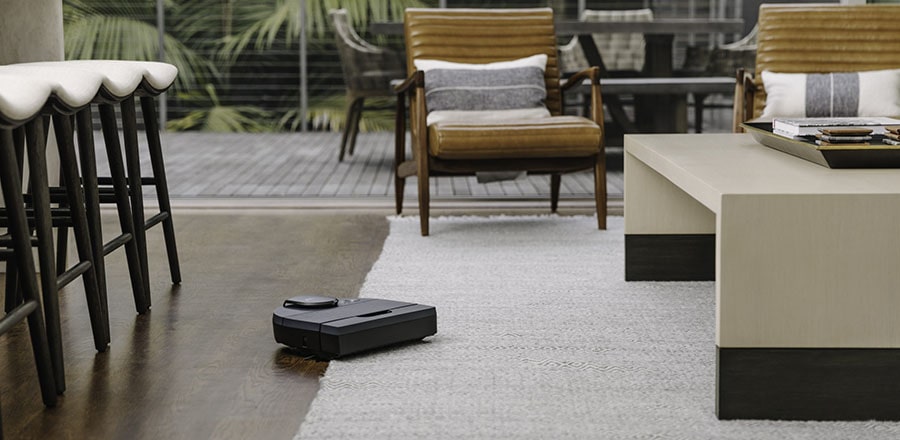
These days, robotic vacs are much more technologically advanced than their predecessors to the point where they’re almost as powerful as conventional vacuums. Prices have dropped significantly in the last few years, making them cost-competitive with the best upright and canister vacs.For individuals with kids who are constantly dropping snack crumbs, dogs that shed at a prodigious rate, and a significant other with an uncanny knack for tracking dirt all over the place, you might find them to be a godsend.
Once upon a time, robovacs slammed into furniture with alarming regularity. These days, many automatic robotic vacuums come with cutting-edge obstacle avoidance technology. While it might completely eliminate the possibility of a bot crashing into a sofa or dining room chair, this is something that’s becoming increasingly rare.
Obstacle avoidance technology might mean you won’t need to pick up a floor of toys and other junk before ordering your bot out on a cleaning run. That’s because a battery of advanced sensors will “see” objects in its path so it can deftly avoid them.
The Roborock S7 is the best robot vacuum on the market. With the ability to mop and vacuum, it’s a fantastic labor-saving device that can do much of the work that goes into taking care of a home for you. It even can steer clear of canine feces, which prevents a disgusting mess.
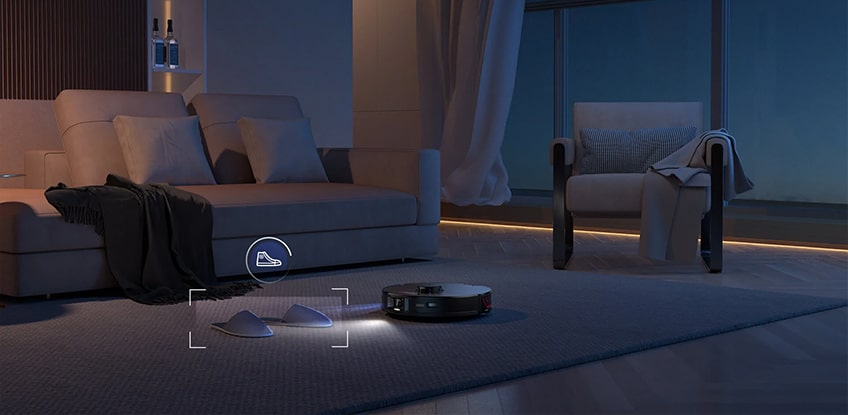
It’s the ultimate in self-sufficiency, able to empty its own onboard dirt collection container, wash its pad after mopping, and refill its water tank when it’s bone dry. The S7 has one of the best obstacle avoidance systems ever made. This means you won’t have to pick up objects the bot might see as obstacles, such as pet toys or shoes.
A robotic vacuum cleaner automatically cleans the floors of your home, significantly cutting down on the amount of time you need to do this task yourself. Some even allow you to program them to start when you walk out the door. That way, your faithful bot can do its work while you’re at work or taking a walk in the woods, and you come home to nice clean floors. Robovacs work on most floor types, including wood, tile, laminate, and low pile carpets.
Self-emptying robot vacuums have the ability to empty their onboard dustbins, depositing dust, dirt, and other debris into a sealed bag. What’s more, you only need to empty this bag once every 30 to 60 days. They’re terrific for people who don’t want to get their hands dirty. Because these models eliminate ever needing to empty the contents of a robovac into a kitchen garbage container (which tends to re-release dust back into the air) they’re fantastic for allergy sufferers.
Entry-level robot vacs randomly clean from one end of a home to the other until they suck up all the dirt. On the other hand, more advanced models navigate using sophisticated systems such as LiDAR or Light Detection and Ranging. These more technologically sophisticated units clean more efficiently, completing their work in a fraction of the time it takes a basic model.
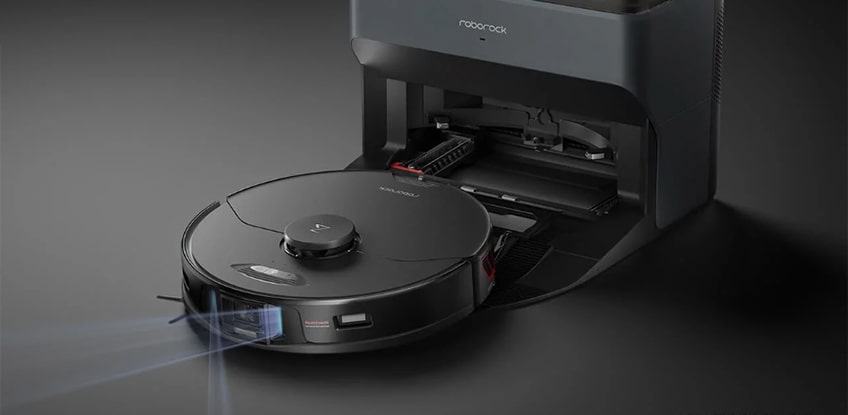
LiDAR was a game changer when manufacturers started using it in robotic vacuum cleaners a decade ago. It’s an invisible spinning laser that not only measures a room’s size but also detects obstacles trying to prevent it from carrying out its duty to clean the floors of a house thoroughly. By scanning a floor with a laser at ground level, a robovac creates a detailed room map.
Because LiDAR vacs create more comprehensive floor plans, they’re typically faster and more thorough than bots with less sophisticated systems because they know where all the obstacles are and the best way to clean each room. This also means that models equipped with cutting-edge LiDAR don’t bump into objects as much.
Every robotic vacuum cleaner can go from hardwood to carpet and many of them have the ability to sense change in floor type. That way, they can boost suction on soft floor surfaces, which helps to suck out everything embedded in the fibers.
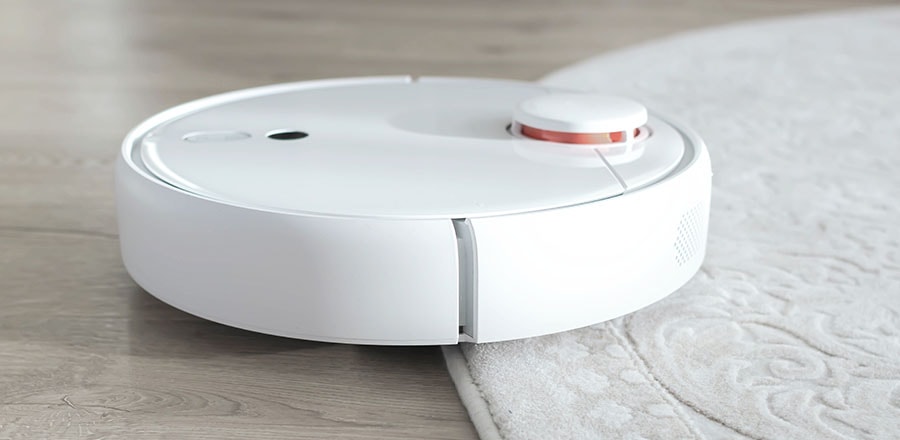
Also, being able to sense changes in flooring type means that if your bot is a hybrid model, it’ll lift the mop pad up so your rug doesn’t get soaked. That’s a good thing, because drenched carpets can attract mold.
Many automatic robot vacuums have cliff sensors, which prevent them from taking a headlong tumble down your stairs. Cliff sensors work by constantly sending infrared signals out into a room. If the signals don’t immediately bounce back, the robovac knows that there’s danger ahead and will change direction.
If your home has more than one story, this is an essential feature to have. That’s because if your robotic vacuum topples over on stairs, it could be irrevocably damaged or cost a lot of money to repair.
Robotic vacuum cleaners are more technologically sophisticated than their upright and canister counterparts, so there’s more potential for components to break down. However, if you give your bot plenty of love and attention in the form of regular maintenance and replacing parts when needed, they should last four to six years or so.

Robot Tips & Tricks
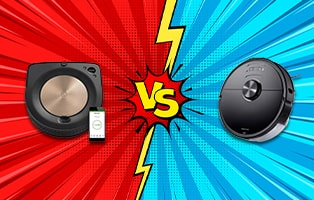
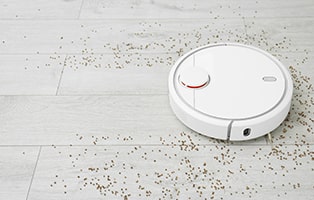
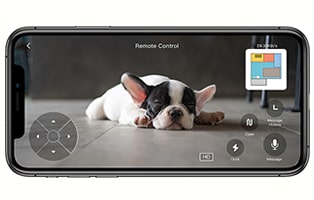
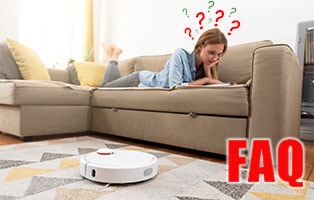

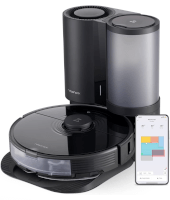



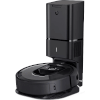
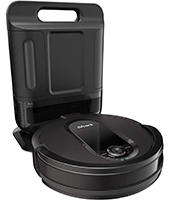
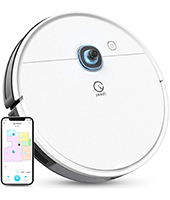
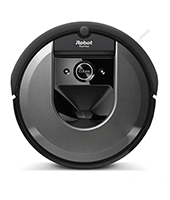
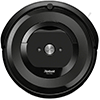
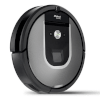
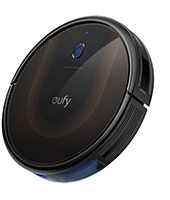
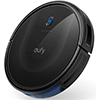
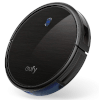
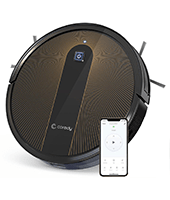
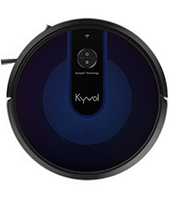
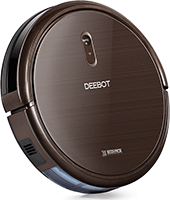
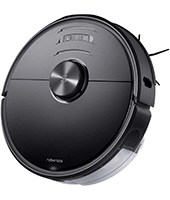
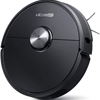
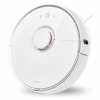
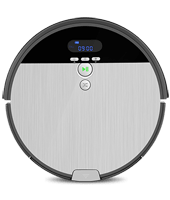
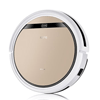
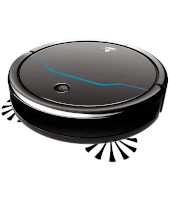
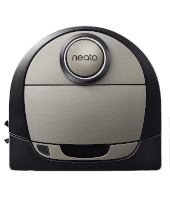
I’ve been using the iRobot Roomba for about 1.5 years. I can’t compare it to other brands or models because it’s the first robot vacuum I’ve used, but I love it. It’s a total game-changed to be able to get the floor clean when I’m not home or while I’m doing something else, like cleaning other parts of the house. I use it mostly on laminate and vinyl flooring in our kitchen, dining room, and mud room. It works extremely well and I very rarely have issues with it getting stuck or not finding its way back to the charging station.
Vacuum robot cleaners should be cleaned after each usage as well.
This is the most complete cleaning vacuum robot that is currently available.
According to the author, cleaning robots are extremely effective. The floors in all of our relatives’ houses have been properly cleaned as a consequence of these cleaning robots. Vacuum robots of all shapes and sizes now have voice control and self-charging capabilities. Automation is becoming more common.
They are the world’s first whisper-quiet vacuum robot, to my knowledge!
We are grateful for the time and work that went into creating this post.
i bought from another one called “klinsmann” , i also considered about Roborock S6, but i compared the function & specification, Klinsmann K187 has a better price than robotock s6, at present seems like everything goes okay
Do robotic vacuum cleaners perform well in tight spaces?
Depending on your at-home needs, you may want to tailor your choice of robotic vacuum cleaner to your home setup. Robotic vacuum cleaners with lower profiles will fit under low-hanging furniture, and the Neato Robotics D7 has straight sides to get into the most challenging corners.
Between the ilife v5s pro and the ilife v8s, which would you go with? The v8s is on sake now for $169.99 and the v5s pro is on sale for $179.99. I feel like I should automatically go with the newer model – v8s – but the v5s pro seems to cover more area in one charge than the v8s. And another thing I’m not sure about is the dust bin on the v8s – it says you can’t get it wet when you clean it out because it now houses an electronic part. Is that the same for the v5s? Thank you for your help.
Hello Maria, thank you for reaching out with your question! While the iLife V5s Pro does have a slightly longer operating time than the V8s, the V8s actually navigates more quickly than its predecessor, meaning you’re able to clean more space in less time using the newer model. The dustbin on the V5s does not house an electronic component and is able to get wet when cleaning. I wish you all the best with your purchasing decision and future 2-in-1 robot!
We’re considering buying a Roborock, but can’t decide whether the Roborock S6 or Roborock S5 is the better deal. What’s your take on it?
Thanks for your question. There isn’t a ton of difference between the two, especially the mopping function, but the S6 will cost you more. It’s still quite a bit cheaper than the top Roomba models. Both have great navigation with LIDAR (laser) navigation that makes them very accurate.
With the S6, you get the added advantage of Alexa and Google Assistant voice control plus a longer battery life (up to 150 minutes), and it’s 50% quieter than the S5. The main advantage, however, is that you can name rooms and set custom cleaning schedules and routes in the app. Plus, the added 32-bit quad core processor makes navigation 20% more efficient than the S5.
If you want quicker, quieter, and more control over cleaning cycles, we’d suggest the S6. The cost difference is worth it.
I’m looking for a small robot vacuum that will sweep up my wood floors in my kitchen… Requirements:
– Small so it can get around baby high chair.
– Good at crevices under cabinets.
– Doesn’t try and go into my other rooms (where it will certiaintly get stuck on all the baby toys laying around in the family room)
– Capable of getting to a dock that would be under the table with obstacles nearby -OR- a vacuum smart enough to leave my dining room travel into the kitchen and clean only the kitchen and then return.
I’m highly skeptical in a vacuum properly performing this task without getting stuck so i’d like a lower cost to entry to try it…
Any recommendations?
Hi and thanks for your question. It’s hard to find any one robot vac that meets all of your criteria at a low price. The closest one we’d recommend would be the eufy RoboVac 30. It’s very affordable and a step up from the 11S, which we did a full review on here: https://cleanup.expert/eufy-boost-iq-robovac-11s/.
It’s only 2.85” high so it will fit under toe kicks and furniture that other vacs can’t reach. It also has a redocking feature so it will return to the dock when the battery is low. For all robot vacs, it’s best to place the charging dock in an uncluttered area, so under a table with chairs wouldn’t be ideal. If you can find a spot against the wall with good clearance, that would be best.
While navigation isn’t as advanced as the Roombas, it does come with boundary strips that you can lay in front of power cords or doorways to keep it out of unwanted areas.
It’s not perfect, but it might be a good one for you to start with.
I can’t believe the Shark robot vac didn’t make the list! I love mine. It did come with a strip. Virtual avoidable areas would be nice and a automatic bin emptier , But other than that I have no complaints! It picks up cat hair, dust, dirt easiely goes from my linoleum to thick carpet. It has a app I can control it from or set automatic cleanings weekly,daily ect. .It rarely gets stuck. I do vacuum every once in awhile with my large vacuum but honestly the floors are clean so i dont worry about it much!! I do however keep the cords,socks, toys up so they don’t get run over. It goes under my beds, maneuvers around dining room chair legs an always gets the whole house clean before it makes its own way back to charge! I have never owned a roomba but I think Im going to stick with works for my family of 6!! (plus 2 indoor cats!!)
We have various types of carpet from low pile to thick plush. Will a robot vacuum really work on all carpets?
Many robot vacuums will struggle with anything beyond a low pile. That is, unless they have added features that increase the suction power needed to clean thicker fibers. Your best bet is to go with a robot vacuum that has something like Carpet Boost such as the iRobot Roomba 980. It will automatically adjust the suction power when transitioning between flooring types so it cleans much more thoroughly than those that don’t have this ability.
Bit surprised in your review that the power of all robot vacuum cleaners are not compared appropriately for the customers to find out the level of power. But you explained well about the buying guide, Also your review appears focusing on some but not other better ones.
Please I would appreciate you guys do the reviews for the customers.TKS for your time doing.
Will a robot vacuum last as long as an upright, and is it worth the expense? How long do they usually last?
Like most everything, that depends. For one, with robot vacuums, you usually get what you pay for, meaning that a premium priced brand will likely outlast a bargain priced one. With good maintenance, many robot vacuums can last at least 4 – 6 years, longer for a high quality one. To keep it running well, you will need to replace various parts on it at different times.
Here’s a very general idea of replacement schedules:
It’s important to follow all the maintenance steps in the owner’s manual for keeping the dirt bin and brush rollers clean, etc. You can pre-purchase replacement filters and brush rollers ahead of time so they’ll be ready when it’s time to change.
I know a lot of these robot vacuums have schedule functions. With pets (2 dogs in particular) I’m wondering how often should I run the vacuum?
There is no set time to run your robot vacuum. It will depend on how dirty your floors tend to get and what type of robot vacuum you have. If your dogs shed a lot, many pet owners set their vacuums to run daily, like while they’re at work or overnight. Some pet owners find they only need to run theirs 3 – 4 times per week.
Try running it a few times per week and observe the results. If you find you need more hair pickup, then run it every day or every other day. Some brands will be more efficient on some types of floors and dirt types than others. The Neato Robotics D7, for instance, was rated best for pet hair in our reviews. So it may not require as many cycles to do the job well.